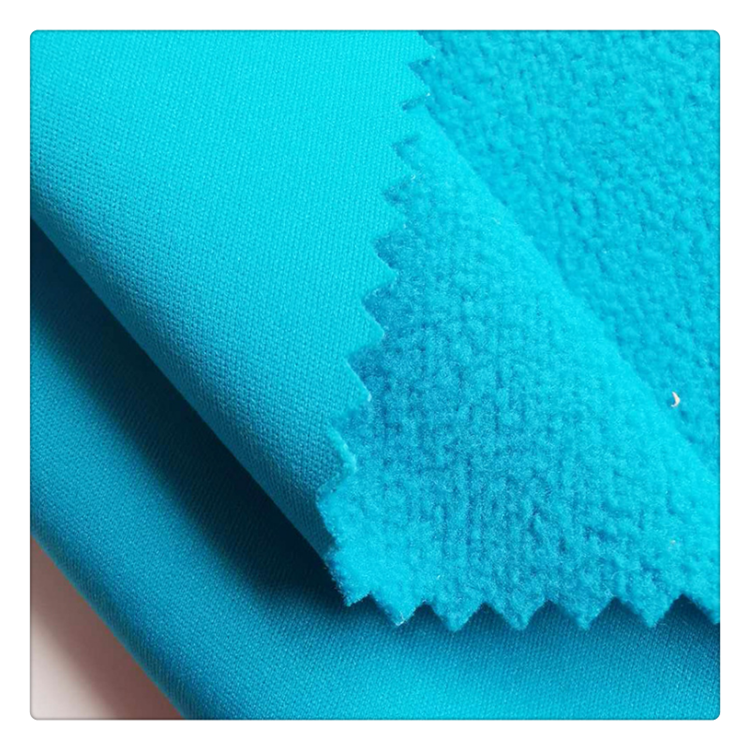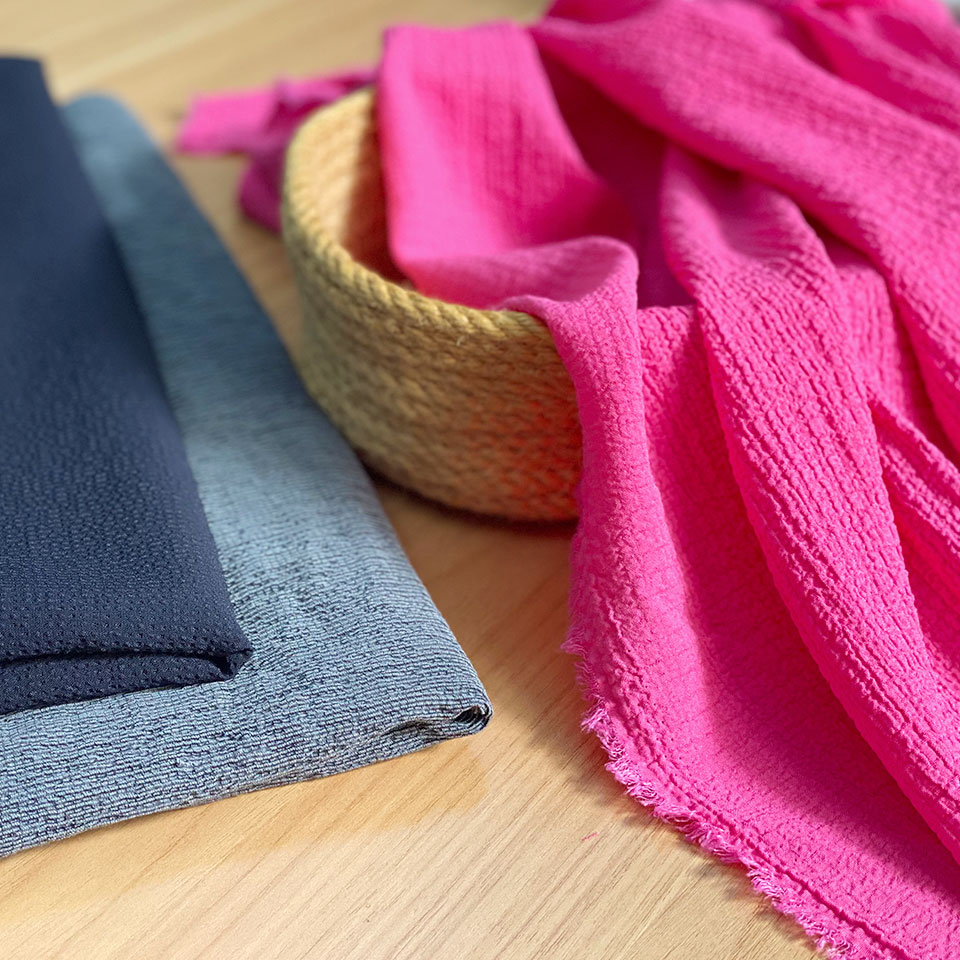Fabric structure generally refers to the geometric structure of the fabric, which is the spatial relationship between warp and weft yarns in the fabric and each other. Fabric structure has a great impact on the physical properties of the fabric, and will affect the appearance of the fabric effect. Woven fabrics, knitted fabrics, non-woven fabrics and several other major types of fabrics have different structural characteristics. Crossing and knotting are two stable structural relationships that yarns can constitute. The fabric maintains a stable form and specific mechanical properties. The yarns in the fabric have their own running direction, running rules, forming a different organizational structure.
The structure of the fabric is one of the main factors affecting the abrasion resistance of the fabric, so the abrasion resistance of the fabric can be improved by changing the structure of the fabric.
1.Fabric organization
The influence of fabric organization on abrasion resistance varies with the warp and weft density of the fabric. In the fabric with low density of warp and weft, the interweaving point of plain fabric is more, and the fiber is not easy to draw out, which is beneficial to the abrasion resistance of the fabric. In the warp and weft density of the fabric, the wear resistance of the satin fabric is better. Twill is the second, plain is worse. Because in the warp and weft density is high, the fiber in the fabric attached quite firmly, the main way of fiber damage is fiber stress concentration, was cut and broken. At this time, if the fabric floating line is longer, the fiber in the yarn can be properly moved, which is conducive to fabric wear resistance. When the fabric warp and weft density is moderate, and the wear resistance of twill fabric is better.

Knitted fabric wear resistance and the relationship between the organization is also very close. The basic law is the same as the woven fabric. Weft flat organization wear resistance is better than other organizations. Because it is smooth surface, support surface is larger, fiber is not easy to break and draw out.
2. Fabric thickness
Fabric thickness has a significant effect on the flat abrasion resistance of the fabric. Fabric thicker, flat abrasion resistance to improve, but resistance to curved grinding and folding edge grinding performance decreased.
3.Fabric warp and weft yarn fineness

In the same fabric organization, fabric yarn thicker, fabric support surface, fabric by friction, not easy to produce stress concentration; and yarn thick, yarn cross-section includes more fiber roots, yarn is not easy to break, these are conducive to fabric wear resistance.
Fabric support surface fabric support surface is large, indicating that the actual contact area between the fabric and abrasive is large, and the local stress on the contact surface is small, which is conducive to the abrasion resistance of the fabric.
4. Apparent density of fabric
The density and thickness of the fabric are directly related to the apparent density. The test proves that when the apparent density of the fabric reaches 0. 6g/cm3, the abrasion resistance of the folded edge becomes significantly worse.
5.Fabric ㎡ weight
Fabric ㎡ weight on all kinds of fabric resistance to flat abrasion is extremely significant. Abrasion resistance increases almost linearly with the weight of ㎡. But for different fabrics its influence degree is different. The same unit area weight of the fabric, woven fabric wear resistance is better than knitted fabrics.
Another major factor affecting the structure of various fabrics is the fiber material, yarn form and structure. As the fabric structure is changing, the shape and form of the fabric also changes. Modern textile processing methods are increasingly developed, the raw materials are constantly changing, new products are emerging. The use of a variety of fiber composite, mixed fiber, mixed spinning, mixed with, mixed weaving and different types of fabric composite, but also add a variety of bonding substances, compounds and coatings, so that the structure of textiles more complex, the finished product is also more colorful.
Contact: Jeanne yang(MISS)
Phone: 13912652341
E-mail: [email protected]
Add: Room A2216/A2217,Double-Star Building,No 567 New South Middle Road, KunShan City JiangSu Province ,China.